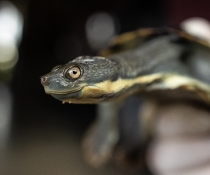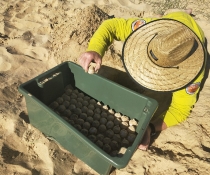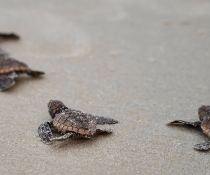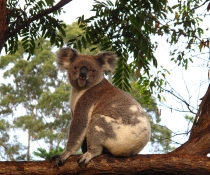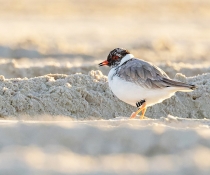Searching for the southern pink underwing moth
Southern pink underwing moth (Phyllodes imperialis smithersi): Endangered.

The southern pink underwing moth is found in south-east Queensland and the north coast of New South Wales, as far south as Bellingen.
The moth is hard to find and rarely observed, making it difficult to establish the size of populations. Under the NSW Government's Saving our Species program, the Department of Planning and Environment is trying to locate this moth.
Identification
The southern pink underwing moth has a wingspan of 13 to 14 centimetres and brown upper forewings. The upper hindwings have brilliant pink markings that help to distinguish it from most other species. The moths are on the wing from September to March.
The food plant
The caterpillar is thought to feed exclusively on the rainforest plant carronia vine (Carronia multisepalea). The vine grows on rich volcanic or alluvial soils in moist locations within subtropical rainforests. The narrow leaves are commonly 3-8 centimetres wide and 6-20 centimetres long (but may be longer). The leaves are dark green above, paler underneath and firm to tough. There is a distinctive bulge where the leaf attaches to the leaf stem.
Development stages
The moths breed in spring and summer and lay their eggs on carronia vine. The eggs, caterpillars and pupae are usually found on the lower leaves of the vine. The caterpillars generally feed on younger leaves and are usually seen from November to March. When disturbed, the caterpillars produce a spectacular warning display to deter predators.
Where to look
The best place to start looking is in subtropical rainforests where the carronia vine grows, from Bellingen to the Queensland border. Searching for caterpillars under and around lower leaves that have been recently chewed is the most successful approach. At night the moths can be found feeding on damaged or rotting fruit that is still hanging.
Unlike many other species of moths, they may not be strongly attracted to light.
If you see a southern pink underwing moth, make careful observations and try to photograph it.
Note details of the exact location, take pictures of the site and contact the Saving our Species program.














